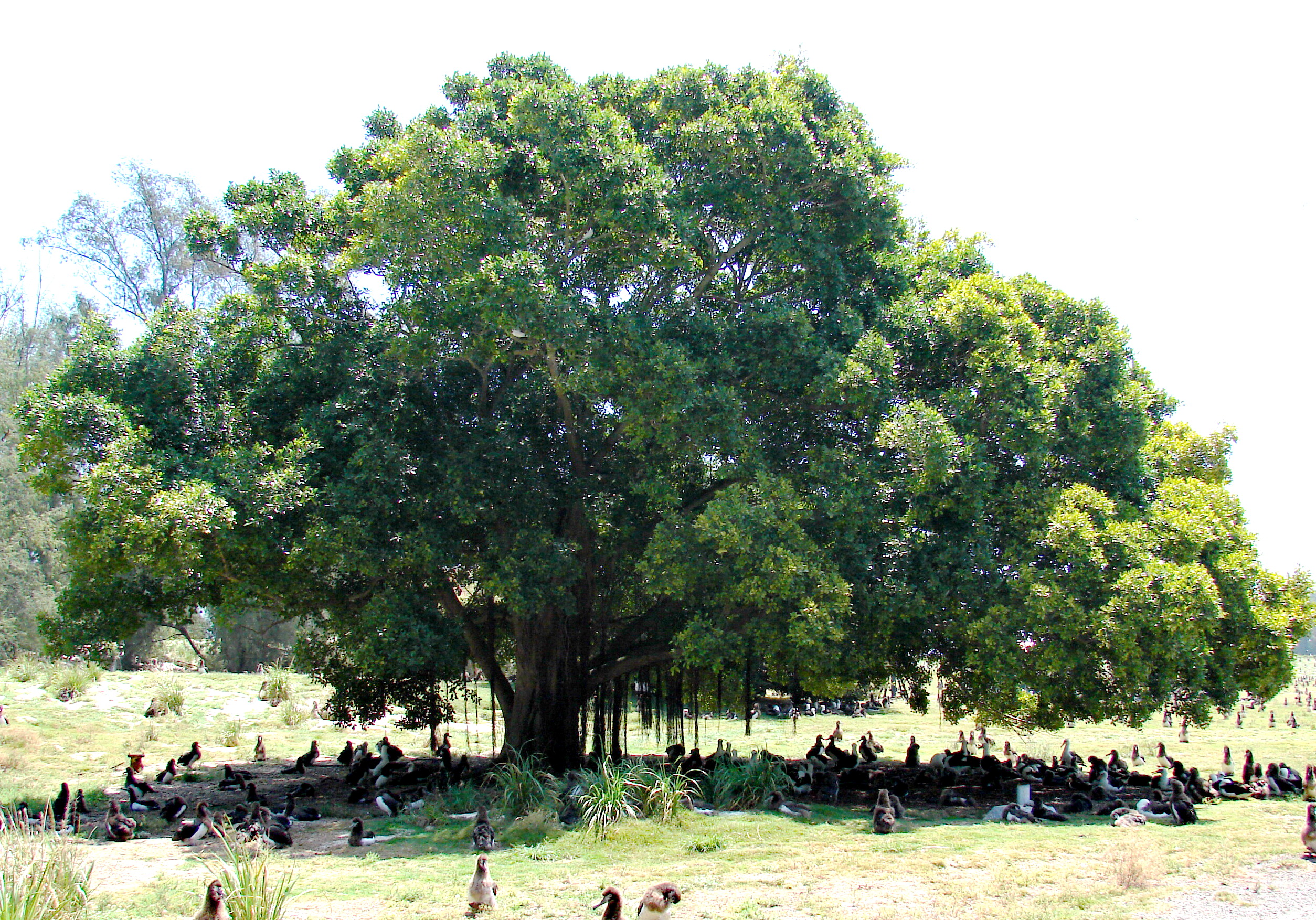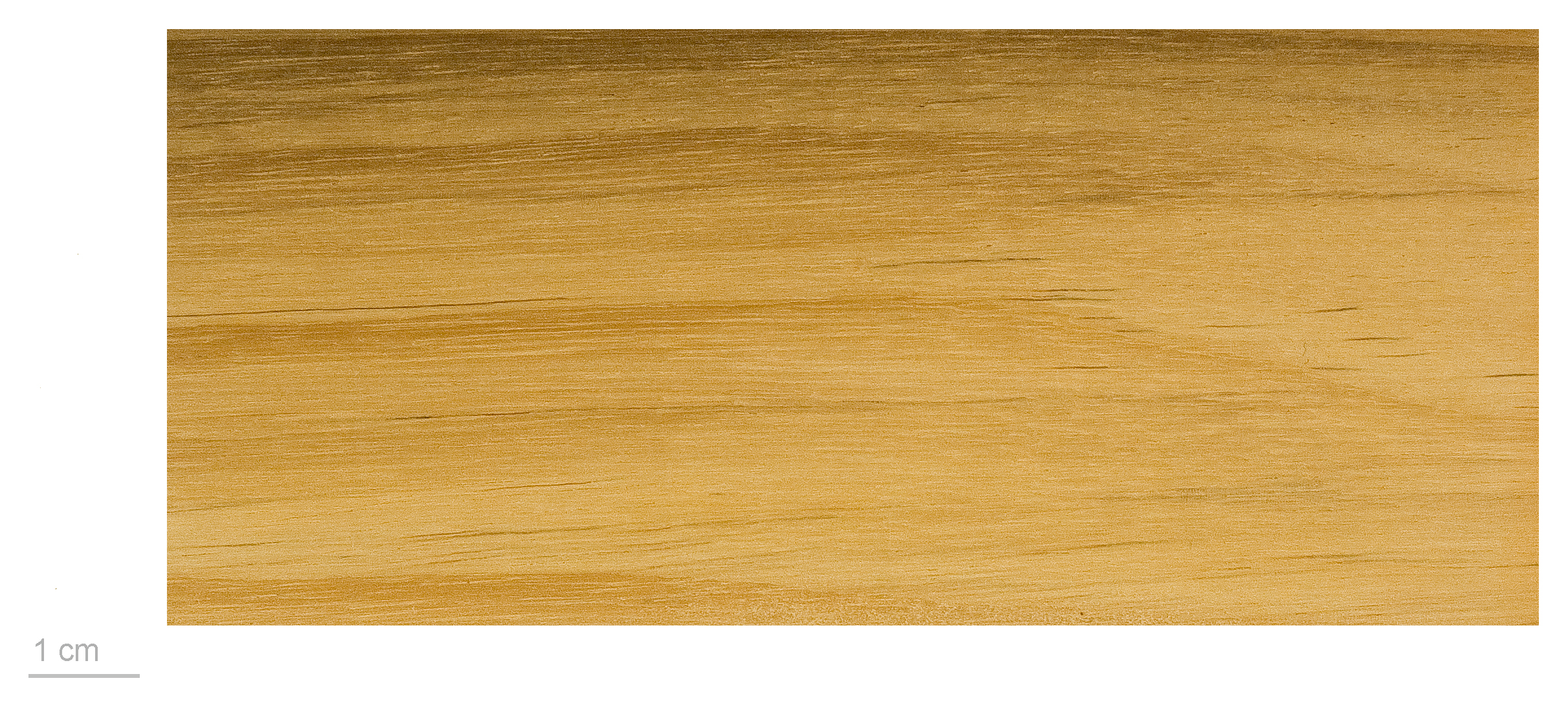|
Pterocarpus Mildbraedii
''Pterocarpus mildbraedii'' is a semi-deciduous tree within the family Fabaceae. It is known as 'Oha' in Southeastern Nigeria and as 'Aguaya' in Ivory Coast. Description A perennial and semi-deciduous non climbing tree that can reach 25 m in height and has a small rounded crown. Its bark is smooth but sometimes longitudinally cracked and greyish to pale brown in color exuding a red latex. Leaves are alternate and imparipinnately compound, the younger leaves tend to be light green but upon maturity it becomes a darker shade of green. Leaflets are ovate to elliptical in shape, acuminate at the apex while rounded at the base, they can reach up to 14 cm long and 7 cm wide. The flowers are golden yellow and he fruit is a large obovate semi transparent pod that is up to 12 cm long. Distribution It is distributed in West and Central Africa from Guinea to the Democratic Republic of Congo, and it is also found in the Usambara mountains of Tanzania. Uses Leaves of the species are used as ... [...More Info...] [...Related Items...] OR: [Wikipedia] [Google] [Baidu] |
Fabaceae
The Fabaceae or Leguminosae,International Code of Nomenclature for algae, fungi, and plants. Article 18.5 states: "The following names, of long usage, are treated as validly published: ....Leguminosae (nom. alt.: Fabaceae; type: Faba Mill. Vicia L.; ... When the Papilionaceae are regarded as a family distinct from the remainder of the Leguminosae, the name Papilionaceae is conserved against Leguminosae." English pronunciations are as follows: , and . commonly known as the legume, pea, or bean family, are a large and agriculturally important of |
Semi-deciduous
Semi-deciduous or semi-evergreen is a botanical term which refers to plants that lose their foliage for a very short period, when old leaves fall off and new foliage growth is starting. This phenomenon occurs in tropical and sub-tropical woody species, for example in Dipteryx odorata. Semi-deciduous or semi-evergreen may also describe some trees, bushes or plants that normally only lose part of their foliage in autumn/winter or during the dry season, but might lose all their leaves in a manner similar to deciduous trees in an especially cold autumn/winter or severe dry season (drought). See also * Brevideciduous * Evergreen * Marcescence * Hedera ''Hedera'', commonly called ivy (plural ivies), is a genus of 12–15 species of evergreen climbing or ground-creeping woody plants in the family Araliaceae, native to western, central and southern Europe, Macaronesia, northwestern Africa an ... References Botany {{Botany-stub ... [...More Info...] [...Related Items...] OR: [Wikipedia] [Google] [Baidu] |
Usambara Mountains
The Usambara Mountains of northeastern Tanzania in tropical East Africa, comprise the easternmost ranges of the Eastern Arc Mountains. The ranges of approximately long and about half that wide, are situated in the Lushoto District of the Tanga Region. They were formed nearly two million years ago by faulting and uplifting, and are composed of Precambrian metamorphic rocks. They are split into two sub-ranges; the West Usambaras being higher than the East Usambaras, which are nearer the coast and receive more rainfall. The mountains are clad in virgin tropical rainforest which has been isolated for a long period and they are a centre of endemism. Historically they were inhabited by Bantu, Shambaa, and Maasai people but in the eighteenth century, a Shambaa kingdom was founded by Mbegha. The kingdom eventually fell apart after a succession struggle in 1862. German colonists settled in the area which was to become German East Africa, and after World War I it became part of the ... [...More Info...] [...Related Items...] OR: [Wikipedia] [Google] [Baidu] |
Hydrogen Cyanide
Hydrogen cyanide, sometimes called prussic acid, is a chemical compound with the formula HCN and structure . It is a colorless, extremely poisonous, and flammable liquid that boils slightly above room temperature, at . HCN is produced on an industrial scale and is a highly valued precursor to many chemical compounds ranging from polymers to pharmaceuticals. Large-scale applications are for the production of potassium cyanide and adiponitrile, used in mining and plastics, respectively. It is more toxic than solid cyanide compounds due to its volatile nature. Structure and general properties Hydrogen cyanide is a linear molecule, with a triple bond between carbon and nitrogen. The tautomer of HCN is HNC, hydrogen isocyanide. Hydrogen cyanide is weakly acidic with a p''K''a of 9.2. It partially ionizes in water solution to give the cyanide anion, CN−. A solution of hydrogen cyanide in water, represented as HCN, is called ''hydrocyanic acid''. The salts of the cyanide ani ... [...More Info...] [...Related Items...] OR: [Wikipedia] [Google] [Baidu] |
Oxalate
Oxalate (IUPAC: ethanedioate) is an anion with the formula C2O42−. This dianion is colorless. It occurs naturally, including in some foods. It forms a variety of salts, for example sodium oxalate (Na2C2O4), and several esters such as dimethyl oxalate (C2O4(CH3)2). It is a conjugate base of oxalic acid. At neutral pH in aqueous solution, oxalic acid converts completely to oxalate. Relationship to oxalic acid The dissociation of protons from oxalic acid proceeds in a stepwise manner; as for other polyprotic acids, loss of a single proton results in the monovalent hydrogenoxalate anion . A salt with this anion is sometimes called an acid oxalate, monobasic oxalate, or hydrogen oxalate. The equilibrium constant ( ''K''a) for loss of the first proton is (p''K''a = 1.27). The loss of the second proton, which yields the oxalate ion, has an equilibrium constant of (p''K''a = 4.28). These values imply, in solutions with neutral pH, no oxalic acid and only trace am ... [...More Info...] [...Related Items...] OR: [Wikipedia] [Google] [Baidu] |
Shade Tree
A shade tree is a large tree whose primary role is to provide shade in the surrounding environment due to its spreading canopy (forest), canopy and crown (botany), crown, where it may give shelter from sunlight in the heat of the summer for people who seek recreational needs in urban parks and house Front yard, yards, and thus, also protecting them from the sun's harmful UV rays and sunburns. Therefore, some shade trees may be grown specifically for the comfort of the population due to their convenient shelter. Furthermore, shade trees are also effective in reducing the energy used in cooling homes. Popular shade trees Some of the most popular shade trees in temperate countries are oaks, Platanaceae, plane trees, willows, birches, beeches, maples, ash (tree), ashes, Tilia, lindens, and elms. In subtropical countries like Australia and India, figs are popular choices as shade trees. In tropical countries, trees such as some Erythrina and African tulip tree species are often plan ... [...More Info...] [...Related Items...] OR: [Wikipedia] [Google] [Baidu] |
Pterocarpus
''Pterocarpus'' is a pantropical genus of trees in the family Fabaceae. It belongs to the subfamily Faboideae, and was recently assigned to the informal monophyletic ''Pterocarpus'' clade within the Dalbergieae. Most species of ''Pterocarpus'' yield valuable timber traded as padauk (or padouk); other common names are mukwa or narra. '' P. santalinus'' also yields the most precious red sandalwood in China known as Zitan. The wood from the narra tree ('' P. indicus'') and the Burmese padauk tree ('' P. macrocarpus'') is marketed as amboyna when it has grown in the burl form. The scientific name is Latinized Ancient Greek and means "wing fruit", referring to the unusual shape of the seed pods in this genus. Uses Padauk wood is obtained from several species of ''Pterocarpus''. All padauks are of African or Asian origin. Padauks are valued for their toughness, stability in use, and decorativeness, most having a reddish wood. Most Pterocarpus' woods contain either water- or alcohol-s ... [...More Info...] [...Related Items...] OR: [Wikipedia] [Google] [Baidu] |



